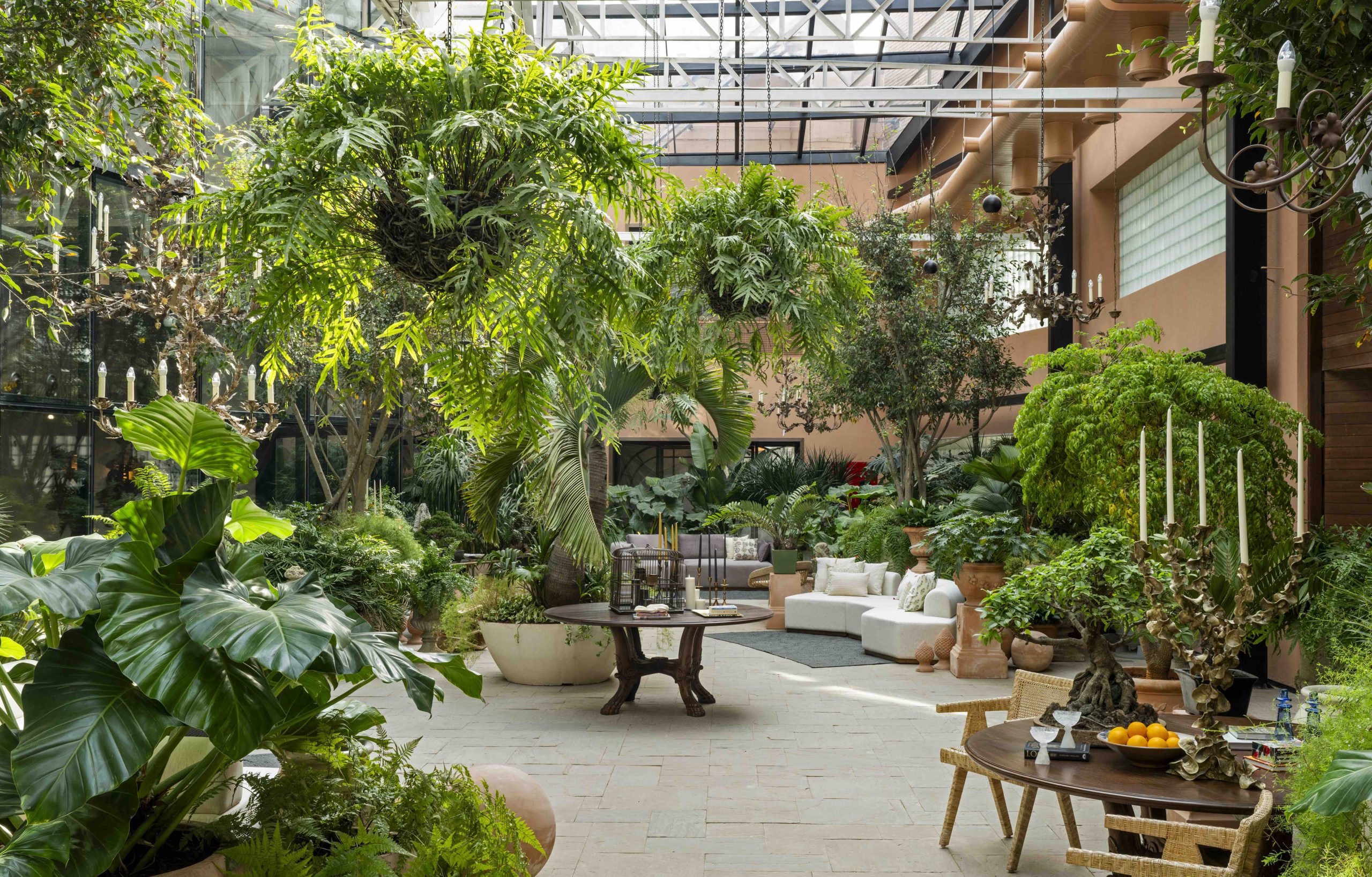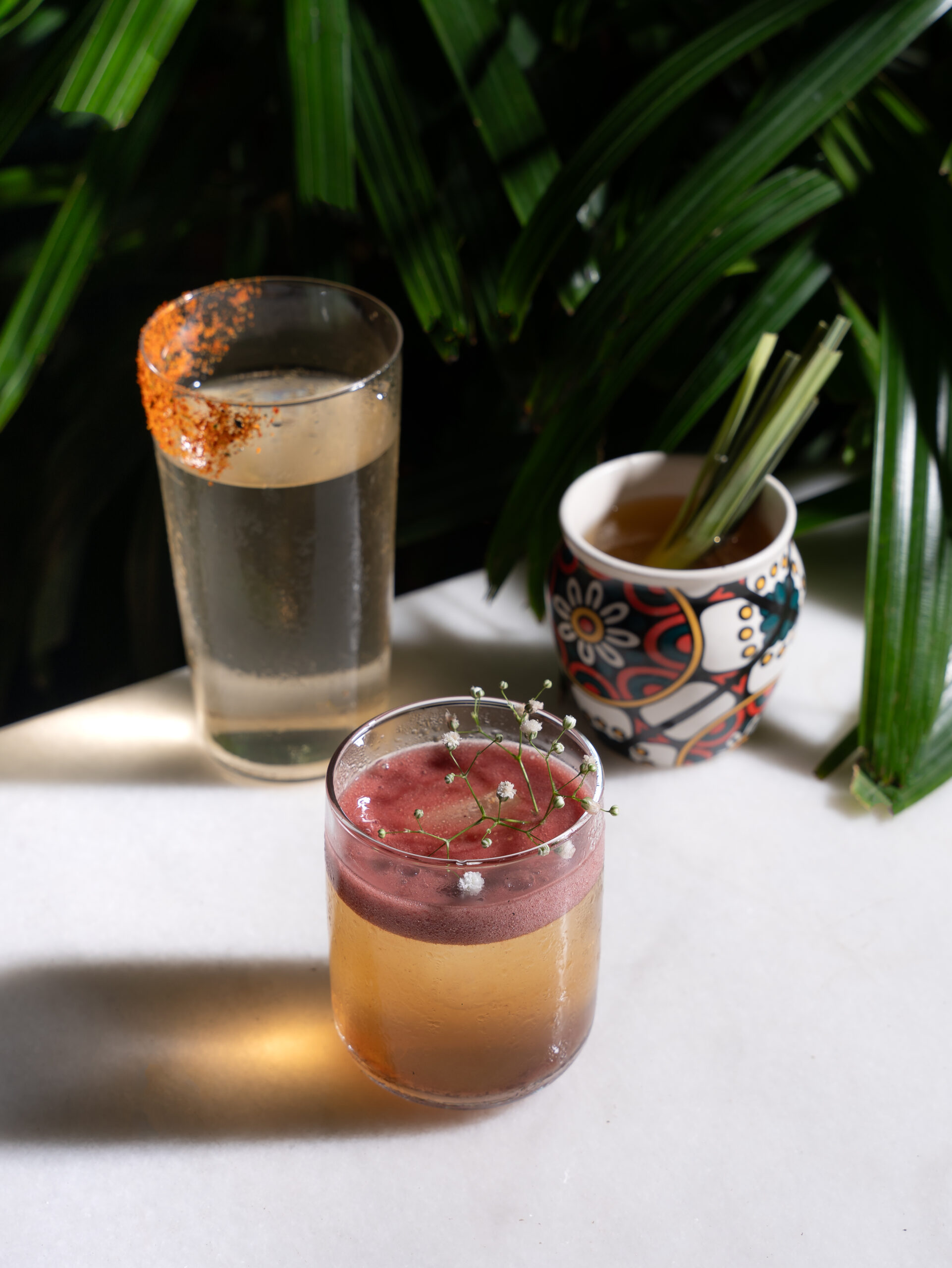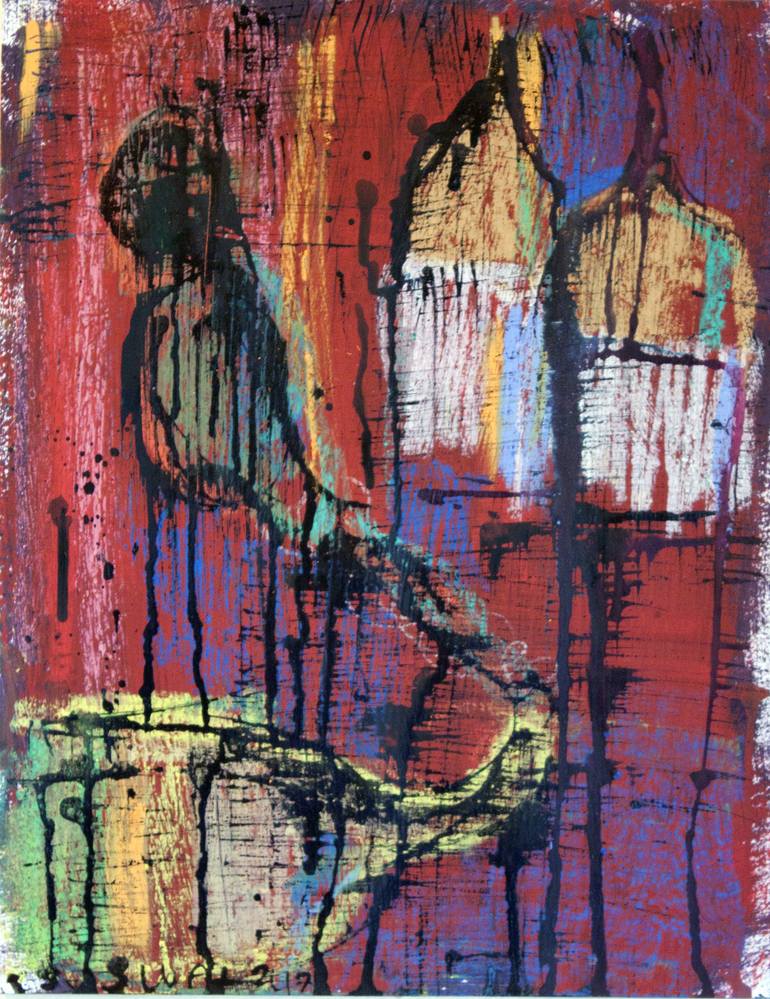Stepping into the 10,000 square feet Nilaya Anthology showroom in Lower Parel, Mumbai, I’m transported to a world of confluence; of interchange and exchange.
The space is voluminous, boasting of international brands of the highest league alongside many other architectural follies and nooks, which are themed around various aspects of India and beyond.
A retail space powered by Asian Paints that focuses on interior decoration and design, Nilaya Anthology was architecturally incepted by Rooshad Shroff. Pavitra Rajaram is the guiding force, whose knowledge, curation and direction, shaped this expansive space into the glorious haven for home in Mumbai.
There’s a certain peace in the air, quite ironic to where I stepped in from. The music is ethereal and I’m invited into a VIP room beside the glorious Sabyasachi gallery. Seated there is a graceful Pavitra Rajaram, creative director of Nilaya Anthology. Having built the brand Good Earth from scratch, Rajaram’s professional lineage is impressive. She embodies art-history across her persona, and this reflects in her passion and sincerity towards the build of Nilaya Anthology.
Kashmir Loom for Nilaya Anthology — in focus: the undeniable artistry of the feather-like Pashmina
“Nilaya Anthology is inspired from the Silk Road – a place of where a revolutionary cultural exchange took place. As humans, we desire to see and be seen. A strong sense of identity and storytelling drives us. This place embodies that threat of confluence that not only holds us together but also brings us close,” she says. Somewhere between the material and the immaterial aspects of life, we find home. And according to Rajaram, Nilaya resides in this existence of the tangible and the intangible — it’s where memories and ideas congregate.
“It’s about places, provenance and the processes that go behind dreams. It’s much larger than just the consumption of things. But more than that, it’s about people.”
What’s the guiding principle behind Anthology? Time, she says.
Somewhere between time and timelessness, we’ve resided for centuries. How do objects from this moment and the times bygone interact with each other? This is what they have presented: connecting reality, elements of the past, present and future, with a perspective of whimsy and seriousness alike. Time is the common lens through which we see Anthology.
The medium of time is inherent to a country like ours; where history and the future coexist with much ease. “If you walk into ancient temples, you’ll still hear the Rigved being recited. But at the same time, India is at the forefront of AI and other technologies,” says Rajaram. This marriage of yesterday and tomorrow is always how we as Indians have lived. “To some it’s dichotomy, but to me, it’s diversity.”
The expansive lush space of the Orangery at Nilaya Anthology
Being a civilisation which is almost regarded as the birthplace of luxury, Rajaram stresses on how we are one of the last cultures that still live in this continuum of parallel times. She calls Nilaya Anthology that multiverse where both these timelines converge into another dimension where you can pause.
“Where, in a city like Mumbai, can you embark upon a 3,000 square feet garden?” she asks. And I agree — it’s almost impossible to believe the reality I left behind when I entered this space.
“And isn’t that the ultimate luxury – having the time to pause.”
It is this duality that Indian homes reflect and that’s the essence behind Nilaya Anthology.
As a country, we’ve come of age. She talks about the nuances of Indian customers and their attention to detail. Not only is this place meant for someone who has the buying power and reach, but understands how global and local interject. It’s about consumers who are becoming more micro, and the Indian of today who deserves to have products tailored to their lifestyle.
So I wonder, how did she curate for the Indian of today?
Nilaya’s Nilufar Gallery exhibition — a chance to experience Nina Yashar’s genius design perspective
It was five years of travelling globally alongside the lengths and breadths of India. Her curatorial lens and expertise reflects in the miscellany of brands and products at Nilaya. From HIDA, a Japanese brand located in the Hida mountains in the Gifu prefecture to Jacqueline Leighton Boyce from Exmoor who makes triple-glazed ceramic pieces, the international curation of home-decor is commendable. From India, Pavitra has handpicked artisans, family businesses and local designers who have long deserved a place on the design map.
From Wani and Sons from Kashmir known for its handicrafts to Tejashree Sagvekar who forages clay from the coastlines of India to craft unique pieces, there’s authenticity in each of the pieces at Nilaya. To pay homage to the artisans, each of the pieces under Sagvekar’s collections is signed by the artisan. And this embodies what this space has endeavoured to do – pay tribute to the artisans who were lost in the pages of time. Nilaya and Rajaram have given them the well-deserved platform to be seen.
Most of the objects are collectibles which have been crafted over time, and that’s true luxury. It’s evaluated by the time, energy, and skill put into each object — and that’s what makes everything under Nilaya’s roof special; skills which are handed down from generations are given a stage to shine here.
Anthology honours the art of storytelling and the luxury that lies in it, honouring you with a sense of identity. It celebrates the continuum we reside in and the dreams we build through the ages where the past and future forge a union of the present.
Ginori 1735 at Nilaya Anthology — a world where porcelain meets poetry
She talks of the architectural challenges and how Shroff’s expertise helped overcome them. The place feels intimate and personal, with art galleries, ramps and architectural follies tying it together. To add to its cultural impact are art galleries that focus on design, not just art. Vikram Goyal of Viya Design Studio, known for his exploration of Indian metalwork finds home here. These limited edition pieces were always exhibited internationally, but Rajaram’s efforts have allowed them to be showcased in the country where they belong as well. Along with that, Nilaya also houses a material library for designers. A co-working space for indigenous artists welcomes the idea of creation, curation and collaboration.
Imperfection is perfection according to Rajaram, as the latter is only the job of the almighty. Spontaneity drives her, and she adorns the crown of the creative director of Nilaya Anthology with much grace. The place breathes authenticity, slowness, and intentionality. A magical union of time, storytelling, and strangely, the intangible, Nilaya Anthology is an ode to India, and all that’s yet to come.
Words by Akanksha Maker.











